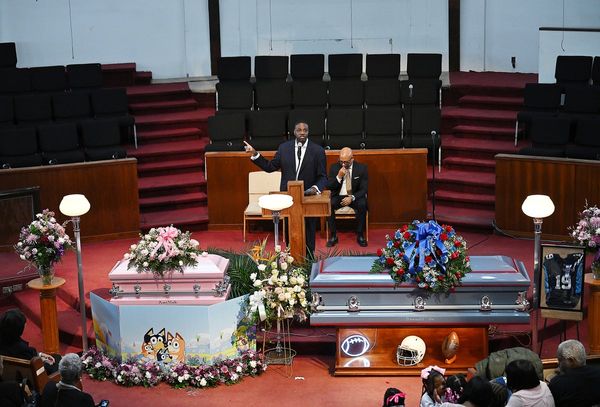The U.S. economy contracted for the second straight quarter, with growth falling at a 0.9% annual rate in the April-June period.
Why it matters: The highly anticipated report is likely to fan new debate about the faltering economy and adds to the Biden administration's mounting political headaches. Meanwhile, the Federal Reserve is moving to slow economic growth in a bid to contain sky-high inflation.
- Economists expected the economy to grow at a 0.4% annualized pace.
State of play: The data comes after GDP fell at a 1.6% annualized rate in the first three months of the year, as trade weighed on headline growth.
- To be sure, an independent group of economists officially decide whether or not the U.S. is officially in a recession — and they haven't called it yet.
- Two back-to-back quarters of negative growth are a common rule of thumb that a recession is underway, but the group evaluates a range of indicators to determine whether a recession is occurring — including the labor market, which remains solid.
Details: In the most recent quarter, growth took a hit as businesses slowed inventory investments after aggressively building them up to meet demand and combat supply chain woes. So-called change in inventories knocked more than 2 percentage points off headline growth.
- Notably, consumer spending, a significant contributor to economic activity, slowed to 1% — 0.8 percentage point less from the prior period.
- Within consumer spending, there is a familiar story: Americans are rotating from spending on stuff to services. Goods spending knocked a full percentage point off growth, while services contributed 1.7 percentage points.
- Housing and business investment (on equipment, software or new buildings) also softened compared to the prior quarter.
The bottom line: It's not officially a recession yet, but the data shows the economy is on shakier footing as growth slows.
Editor's note: This story was updated with details throughout.







